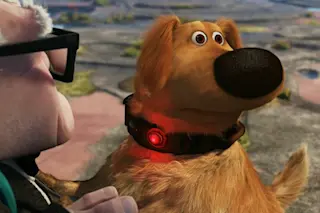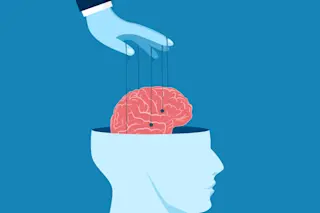I love Pixar. Who doesn’t? The stories are magnificently crafted, the characters are rich, hilarious, and unique, and the images are lovingly rendered. Without fail, John Ratzenberger’s iconic voice makes a cameo in some boisterous character. Even if you haven’t seen every film they’ve made (I refuse to watch Cars or its preposterous sequel), there is a consistency and quality to Pixar’s productions that is hard to deny.
Popular culture is often dismissed as empty “popcorn” fare. Animated films find themselves doubly-dismissed as “for the kids” and therefore nothing to take too seriously. Pixar has shattered those expectations by producing commercially successful cinematic art about the fishes in our fish tanks and the bugs in our backyards. Pixar films contain a complex, nuanced, philosophical and political essence that, when viewed across the company’s complete corpus, begins to emerge with some clarity.
Buried within that constant and complex goodness is a ...














